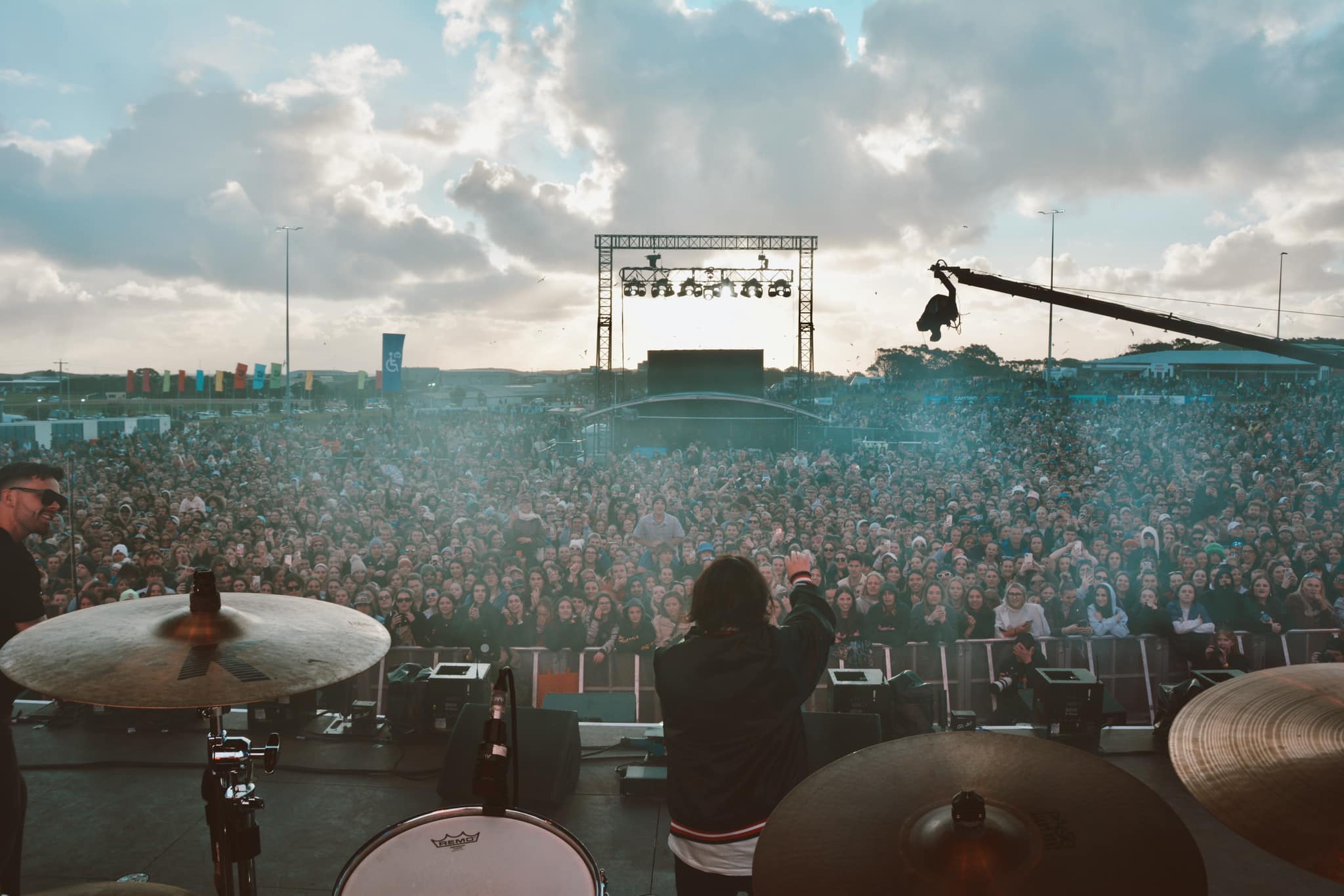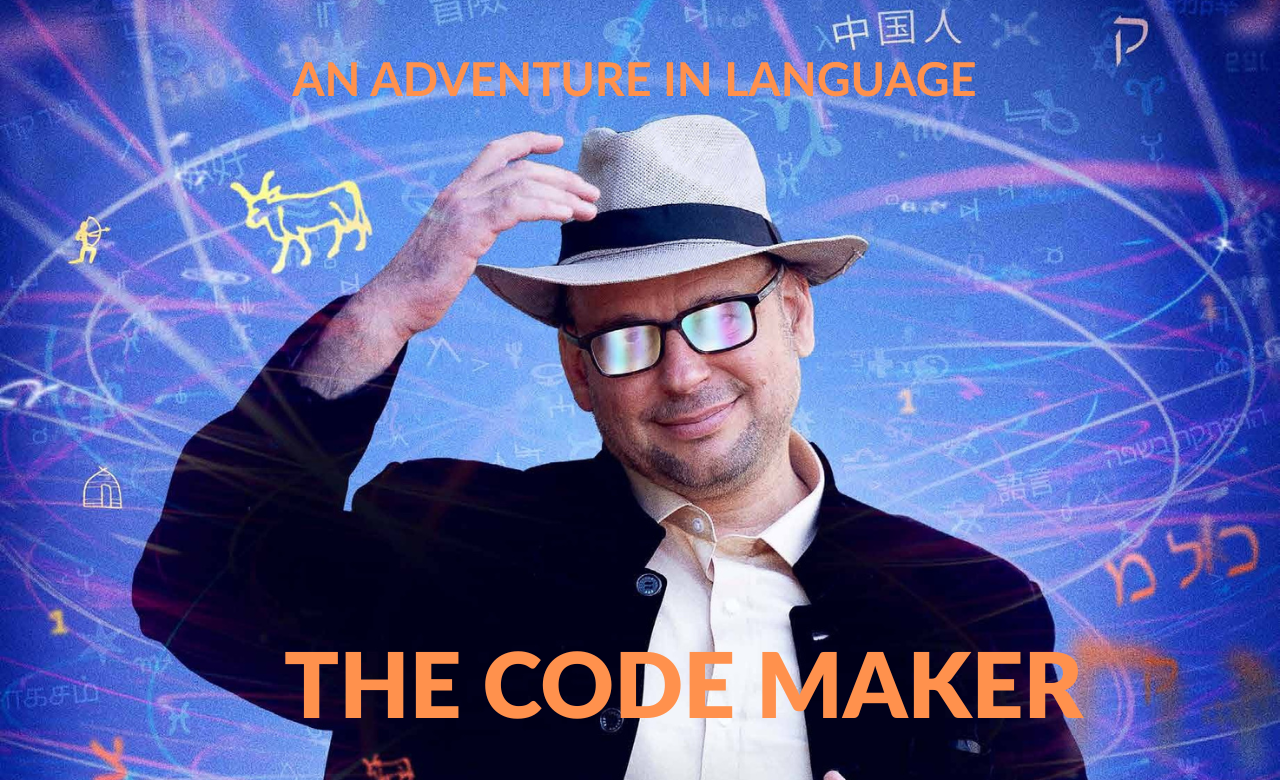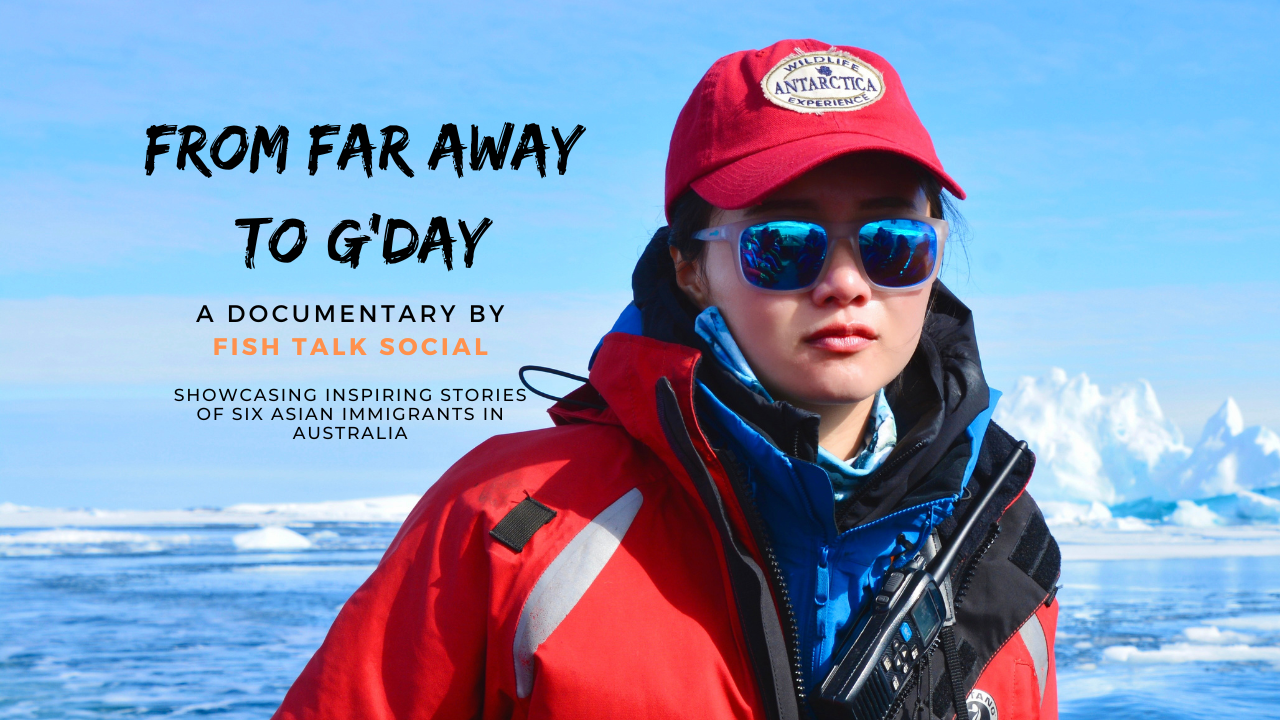Never before have the impacts of mental ill-health been so acute as during the pandemic. Levels of stress, anxiety and worry have reached an all-time high. In Australia, almost half of all adults will face mental ill-health during their lives.
Governments and NGO’s around the world are facing an epidemic. It is not only mental health that we need to nurture, but also our physical health. Around Australia, the issue of creating resilient communities by ensuring good health and wellbeing is being talked about everywhere.
Pure Dance is a stunning visual exploration of an ancient form of movement that can help offer a solution to building resilient communities and ensuring positive health and wellbeing. It is a story with unforgettable characters and breathtaking landscapes about an ancient dance that can help create healthy minds and bodies.
Yoga practitioner and teacher, Adelaide-born Emma Balnaves has devoted her life to creating a healthy mind and body by mastering the techniques of the ancient yogis. With a growing and devoted following globally, the impacts of Emma’s teachings on her students are clear: quality of life is greatly enhanced with mindfulness and movement, inner freedom and peace.
This is the story of a treasure uncovered in South India. A treasure that could hold the key to helping heal our world.
Nrtta is more than a dance. It is a meditation.
It is about going back home into your being, your essence, your soul. It is an aesthetic and a philosophy.
Nrtta is a key.
It opens a door. Behind it, is the incommunicable. Nrtta is light and fluid. It seems motionless and yet it doesn’t stop.
It is not modern. It is timeless.
There is indeed scientific evidence: the rhythmic coordination of this yogic dance demands intense concentration.
We will show you entire zones of the brain lighting up during the Pure Dance — zones that remain as dark as a starless night in anyone else’s mind…
And the Pashupatis have been performing it for centuries, ever faithful to their principles: despising pain, ignoring time, and never doubting. These principles will guide our journey too.
The quest
Twenty years ago, in Chidambaram, at the Nataraja (Shiva) temple in South India, Sundernath met a wandering sadhu who brought him into one of the buildings of the temple — the Hall of the Thousand Pillars.
He pointed to a set of carvings in a particular arrangement. There lay the treasure: the key positions of the Pure Dance, with their hidden rhythm, in their sequential order. The sadhu demonstrated these positions and gave guidance over a few hours. Then he bid goodbye and left. Sundernath never saw him again.
After this first meeting in Chidambaram, we worked with the karanas (positions) displayed on the temple pillars and in the ancient texts. We started to teach the movements and felt the benefits of this yogic dance.
Never again did we meet with a Pashupati. Never did we get to the actual source.
Now, after years of practicing and teaching Nrtta, I wish to go on this journey in pursuit of beings that might have disappeared. Or not.
We will set out on a quest to find the last Pashupatis and learn from them.
But who are we looking for exactly, and why is it so difficult to find them? In our times of social networks, would some people dream of living hidden away?
The Pashupatis are ascetics who live according to very strict principles, first described in the Pashupatasutra, a treatise of yoga written in the second century BCE. A resurgence of the Pashupatis took place in the first century CE, in Gujurat, India.
While filming this movie, I will meet with people who know the Pashupatis — historians, scientists, priests, and sculptors — who have studied their work, and who might know where to find them.
I will also meet with practitioners of the classical Southern Indian tradition of Kuchipudi, a dance that marries a fierce precision with sensual flowing lines and deft, intricate footwork.
Nrtta and Kuchipudi share the same roots (sourced from the 108 karanas) and some postures, characterised by fluid stepping and spiralling footwork, with subtle swaying movements of the torso that flow into gestures of arms, hands and fingers. They also share a transcendance : they are a reflection of the living principle (creation, sustenance, destruction, concealment and release), a reminder that everything in this world -that the world itself- is an ever evolving shape.
Yet, contrary to Nrtta, Kuchipudi is steeped in storytelling and is accompanied by music: it is designed for an audience.
Contrastingly, Nrtta is not about expressing anything. It is not accompanied by music. It is not designed for an audience. This yogic dance is for the individual soul.
Look at a map. India. The south. Tamil Nadu. This is where you will find the temple of Shiva in Chidambaram.
It is where this Dance was born. It is where we will focus our efforts, before going East, towards Cambodia, Vietnam, Bali…
We will see places untouched by humans. We will have to read traces, trust our intuition, and maybe just follow the stars.
And then, at some point, we will go where there is no human presence. Or where only nomads dwell.
A forest? A mountain? There, they may be waiting.
Stay still. Do not be on the lookout. Rather, the reverse: let yourself be seen. Accept becoming the observed and no longer the observer.
Waiting as a meditation.
Have no expectations. Enjoy the offerings on the way. Be content with the world. It may be that no- one will appear.
Perhaps because we do not know how to look?
Or perhaps other Shivaite practitioners will appear, also descendants of the Pashupatis ?








